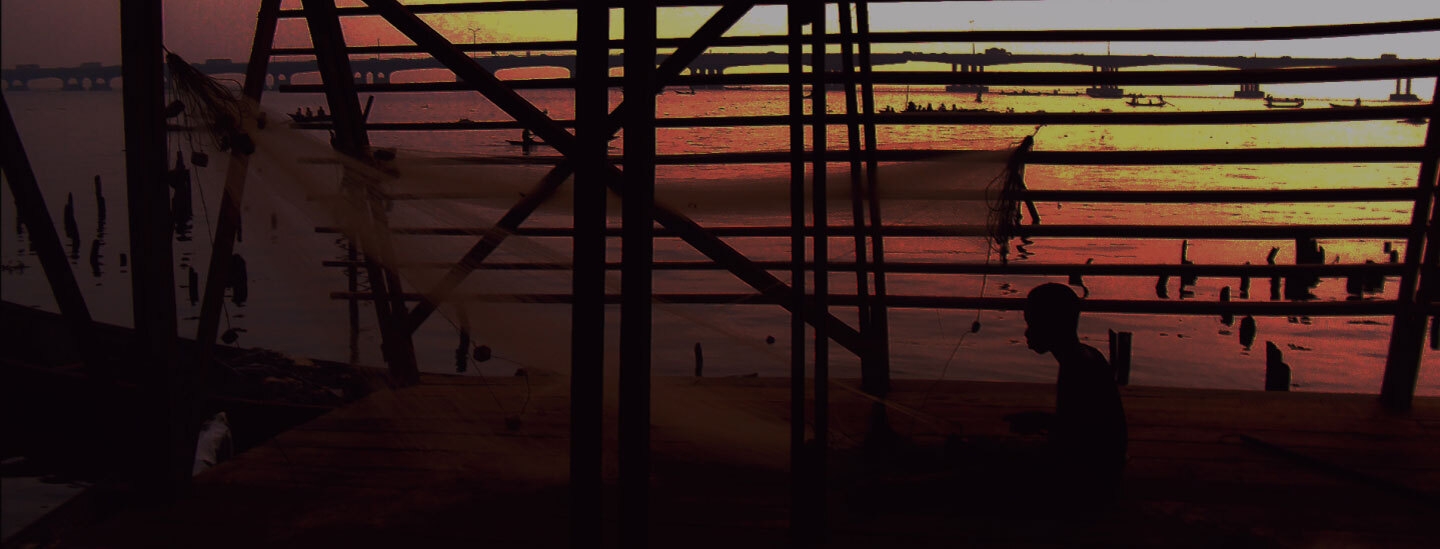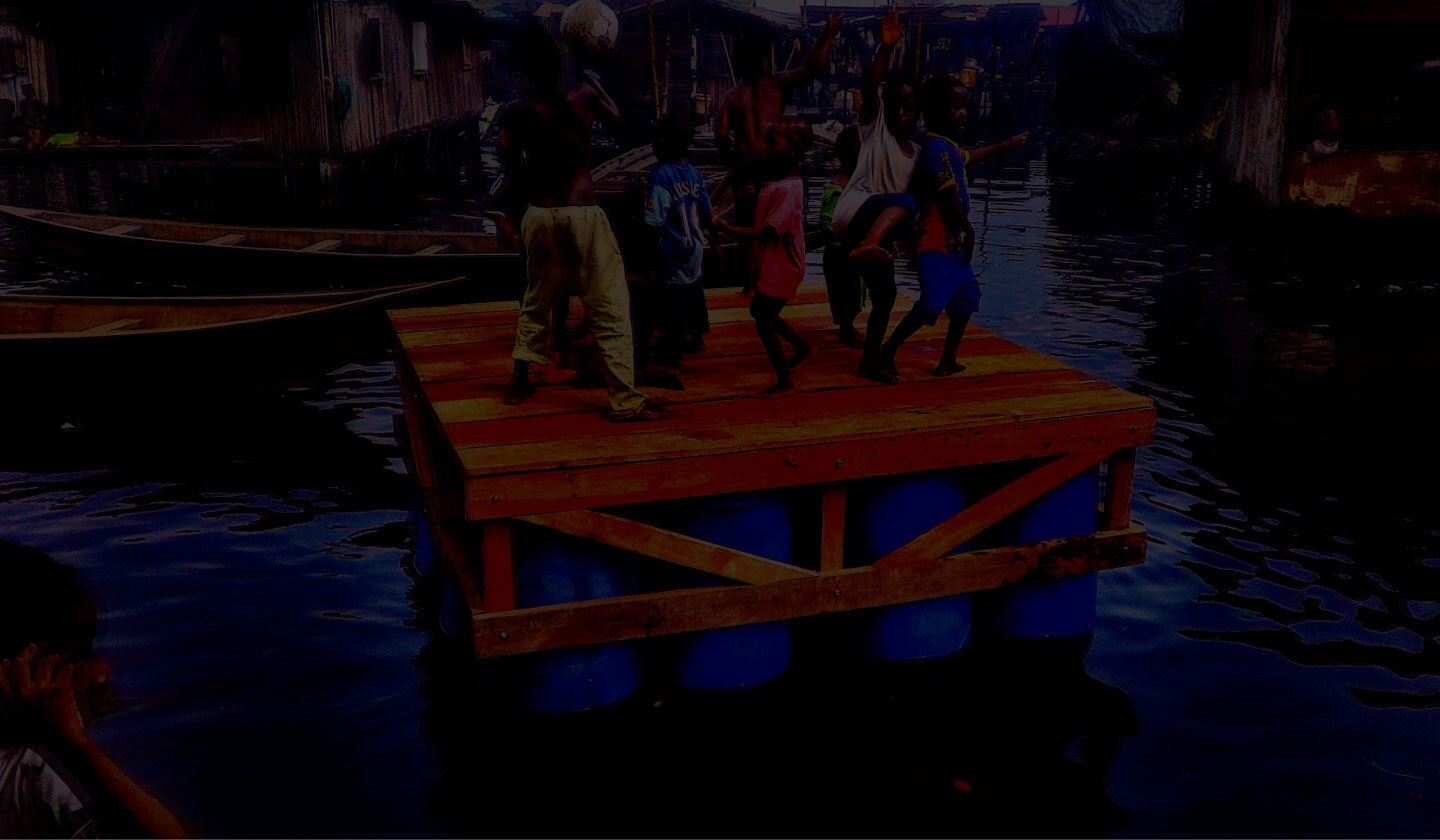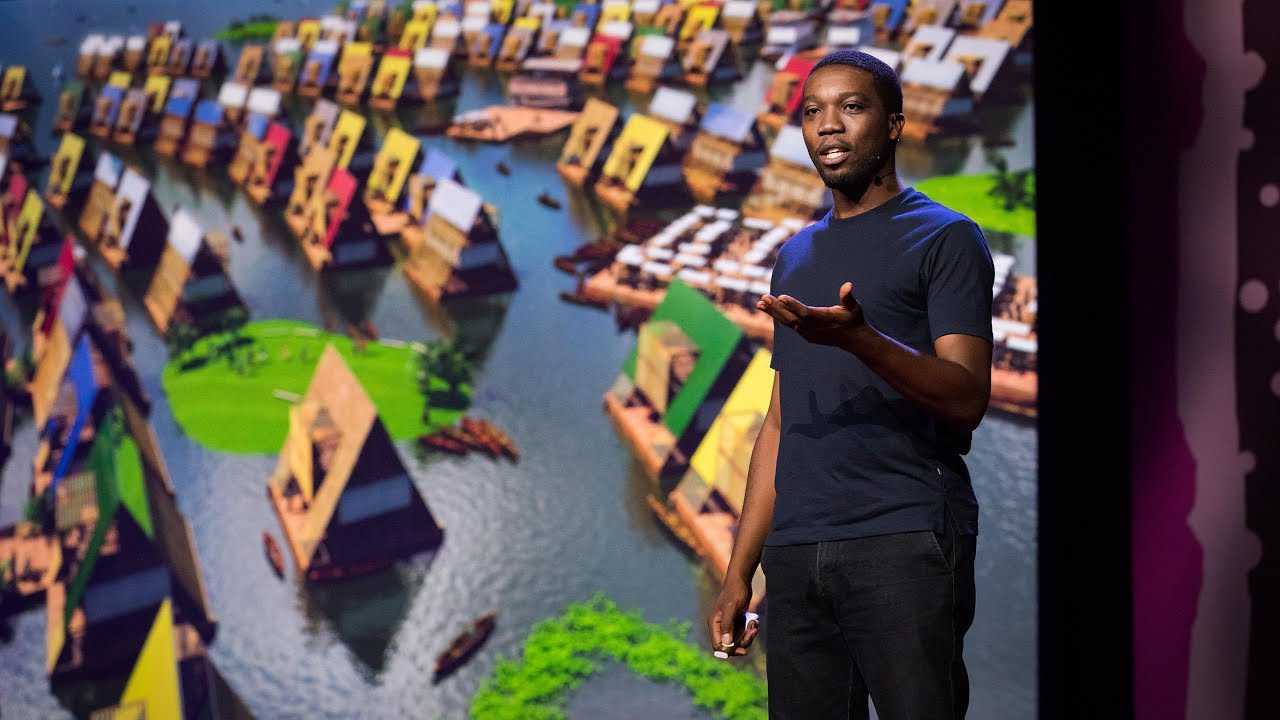New Black Worlds
The concept of world-building exists not only in the fictional world of Afrofuturist novels and films, but in the real world as well. Architects across the African Diaspora have designed sustainable buildings that rely on traditional resource-management while utilizing cutting-edge design – creating futures where Black life can flourish. Working together in collectives, urban planners and designers are rejecting negative assumptions about the value of Black homes and neighborhoods, while visual artists are creating fantastical sculptures, paintings, and immersive installations.

Afrofuturist Architects
Conceptually, Afrofuturism extends to notions of place, environment, and setting, from the bold, post-colonial architecture found across the African continent, to speculative landscapes of fictional cities and African kingdoms. Architectural design provides another avenue to explore Afrofuturism’s lasting influence and material impact.
Post-Colonial Architectural Futures
La Pyramide, in Abidjan, Côte d'Ivoire designed by Italian architect Rinaldo Olivieri
These images represent the bold and modern African architecture that emerged in the 1960s and 1970s as countries in central and sub-Saharan African gained their independence from colonial rule. Newly formed African governments sought physical symbols of their nations’ independence and created state-sponsored structures that presented new and creative architectural visions from designers across the globe.

Contemporary African Architecture
Makoko Floating School, Lagos Nigeria
Architects from across the African continent have continued to gain international acclaim for their innovative designs. Often utilizing local materials and exploring their buildings’ ecological impacts, architects like Kunlé Adeyemi, Christian Benimana, and Diébédo Francis Kéré bring fresh approaches to 21st century architecture. Much of their work considers indigenous African building techniques and incorporates green design, providing an Afrofuturist vision of sustainable lived environments. In direct response to community and sustainability needs, Adeyemi’s Makoko Floating School (MFS) serves children in an area with limited permanent infrastructure due to frequent flooding. The building’s striking modern design serves a practical purpose while also interacting with the changing natural world.
Featured Video
Christian Benimana on Pan-African Modern Architecture
Benimana, Co-Executive Director and Senior Principal of MASS Design Group and Founding Director of the African Design Centre, discusses the field of responsive Pan-African design.

Diébédo Francis Kéré
Gando Primary School
In 2022, Diébédo Francis Kéré of Burkina Faso won the Pritzker Architecture Prize, becoming the first African architect to win architecture’s most prestigious award. Inspired by his experience as the first child in his village to attend school – a school that was poorly ventilated and overheated – Kéré’s designs elegantly provide functioning learning environments for young people. His first building was a school in his own hometown, the success of which led to designing more schools and medical facilities across Burkina Faso, Kenya, Mozambique, and Uganda. While Kéré’s work can now be found in Europe and North America, it is his relationship to Africa that helps him envision new futures for Africans – both individually and across the Diaspora


